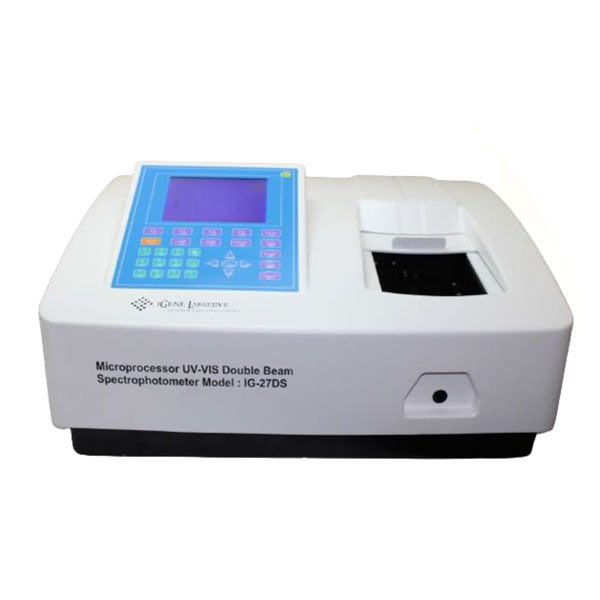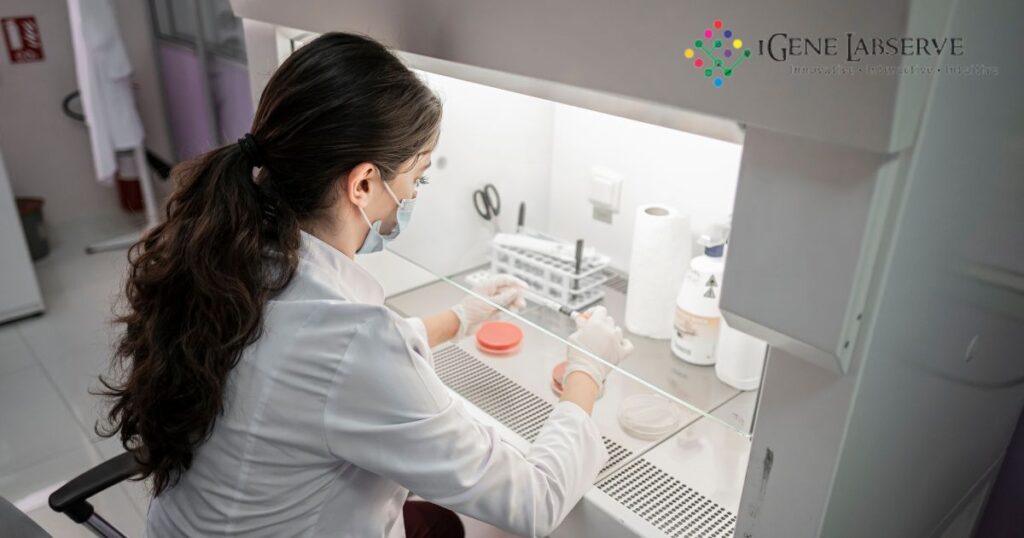A double-beam UV (ultraviolet) spectrophotometer is a type of scientific equipment used to gauge a substance’s ability to absorb both visible and ultraviolet light. This post will give you tips to help you optimize the performance of Double Beam UV Spectrophotometer.
The term “double-beam” describes the optical arrangement of the device, which uses two light beams: a reference beam that travels through a sample of data, and a sample beam that passes through a test sample. With this architecture, measurements will be more precise and dependable since it will account for variations in background noise, light source intensity, and other factors.

In analytical chemistry, getting precise and trustworthy findings requires optimizing the performance of a double beam UV spectrophotometer. The following advice will help you get the most out of your double beam UV spectrophotometer.
Calibration:
Use appropriate standard solutions to calibrate the device on a regular basis. This corrects for drift in the instrument’s response and guarantees precise readings.
Baseline Correction:
By routinely measuring the solvent or blank in the absence of any sample, you may create a consistent baseline. Removing any background interference is aided by correcting the baseline.
Wavelength Calibration:
The spectrophotometer’s wavelength accuracy should be checked and calibrated on a regular basis using approved wavelength standards. By doing this, the measurements’ accuracy at various wavelengths is guaranteed.
Cleaning:
Make sure all of the optical parts—cuvettes, mirrors, and lenses—remain clean. Measurement accuracy may be impacted by contaminants on these surfaces.
Cuvette Quality:
Use cuvettes that are clean and of the right material grade for the samples you are using. Because quartz cuvettes are transparent in the UV, they are frequently chosen for UV measurements.
Sample Handling:
Samples should be handled carefully to prevent air bubbles from entering the cuvette, which might alter the route length and provide values that are off.
Temperature Control:
Ensure that the temperature within the spectrophotometer stays consistent. Measurements may be impacted by temperature changes, particularly for samples that are temperature-sensitive.
Light Source Stability:
Regularly check that the light source is stable. An unreliable light source might cause intensity variations and compromise the accuracy of measurements.
Stray Light Correction:
To get rid of any unwanted stray light that can tamper with the measurements, do stray light correction. For reliable measurements at lower absorbance levels, this is especially crucial.
Quality of Reagents:
Make sure the solvents and reagents you employ are pure and of the highest caliber. Your measurements may contain inaccuracies due to reagent impurities.
Instrument Warm-up:
Before using, let the instrument warm up sufficiently. This guarantees consistent functioning and aids in stabilizing the interior parts.
Regular Maintenance:
For routine maintenance, adhere to the manufacturer’s instructions for cleaning, part replacement, and, if required, software updates.
Documentation:
Maintain thorough records of the functioning of the device, the dates of calibration, and any maintenance performed. Troubleshooting and traceability maintenance are aided by this documentation.
Training:
Make certain that operators have received the appropriate training for spectrophotometer usage and maintenance. Users that have received proper training are less prone to make mistakes and are capable of solving problems.
You may improve your double beam UV spectrophotometer’s accuracy, precision, and dependability by paying attention to these pointers. The secret to optimal performance is regular maintenance and adherence to recommended operating guidelines.
To learn more aboutdouble beam UV spectrophotometer, contact IGene Labserve by visiting our website at https://www.igenels.com/ or give us a call at 09310696848.

